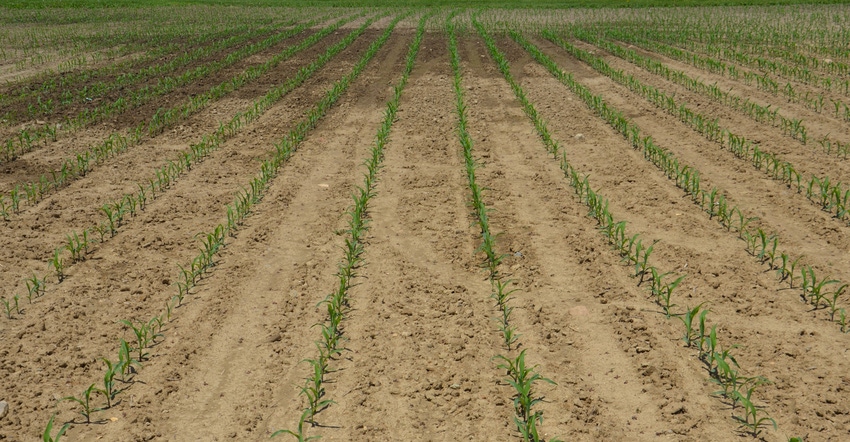
You know it’s been a wet spring, but just how wet? Check out the interactive map below and see how much rain fell from Jan. 1 through June 17 at a weather station near you.
Overall, for Indiana as a whole, rainfall since Jan. 1 is running well above normal at most locations. The data for the map below and the data used to determine how much this year’s rainfall is above normal compared to a 30-year base period was collected by the Midwest Regional Climate Center.
The normal for this period in Indiana averaged across all these reporting stations is 19 inches. This year, these stations report an average of 24.8 inches, or a 30% increase over normal.
Here are some points to note about this year’s rainfall totals:
Variation across the state. For example, a weather station at Frankfort received 50% above-normal rainfall so far this year, while one at North Manchester was about 13% above normal. Frankfort is in one of the hardest-hit areas for delayed planting.
Certain periods not records. Earlier, Indiana Prairie Farmer reported that Beth Hall, former director of MRCC and now Indiana state climatologist, computed March and April rainfall totals, and found that going back to 1895, 2019 was the 21st wettest season during that period. She noted that it was significant, but not record-setting.
Few breaks in the pattern. What many farmers have noted is that even in May, it wasn’t so much the total amount of rain that kept them out of the fields, but the frequency of the rain. Whenever fields were close to being able to work, it rained enough to hold them out.
June rains in southern half of Indiana. Some of the darkest pointers on the map indicating highest rainfall totals are in the southern half of the state. Crop planting progress occurred in late May and early June in some of those areas. Then heavier rains began to fall across those areas over the past few days.
Editor’s note: Thanks to Austin Keating of Prairie Farmer for preparing the interactive map for this story.
About the Author(s)
You May Also Like




